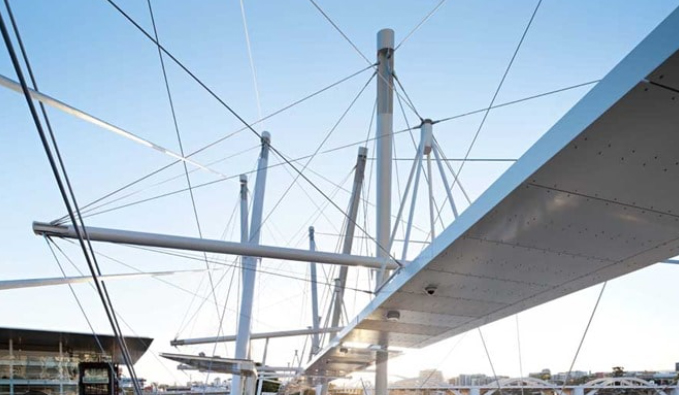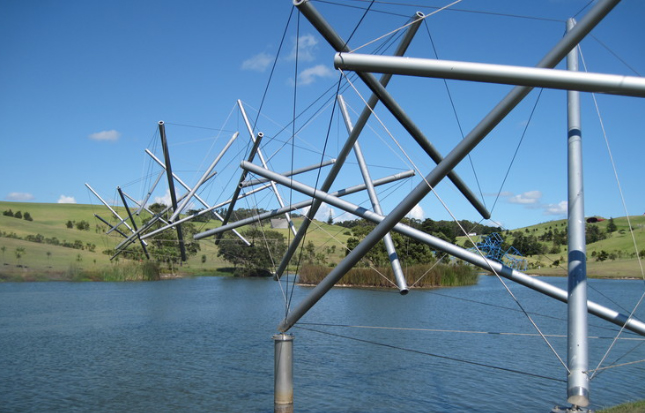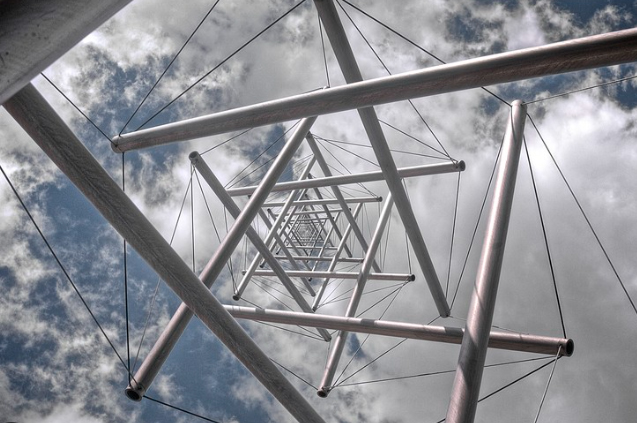Tensegrity structures are characterized by the use of isolated components in compression within a network of continuous tension. Some key characteristics of tensegrity structures include:
1. Load distribution: Tensegrity structures are able to distribute loads evenly throughout the structure, rather than relying on a single support point. This makes them highly resistant to lateral forces, such as earthquakes and strong winds.
2. Efficiency and lightweight design: Because tensegrity structures rely on tension rather than compression, they require fewer materials and can be assembled more quickly, reducing construction time and costs.
3. Flexibility and adaptability: Tensegrity structures are able to adjust to different loads and forces, allowing for a greater range of motion and flexibility.
4. Aesthetic appeal: Tensegrity structures often feature geometric shapes and interconnected components, creating a unique visual effect.
5. Durability and stability: Tensegrity structures are able to withstand large loads and remain stable under a variety of conditions, making them highly durable.
Overall, tensegrity structures are known for their ability to create lightweight, efficient, and dynamic structures that are able to withstand large loads and resist lateral forces.


